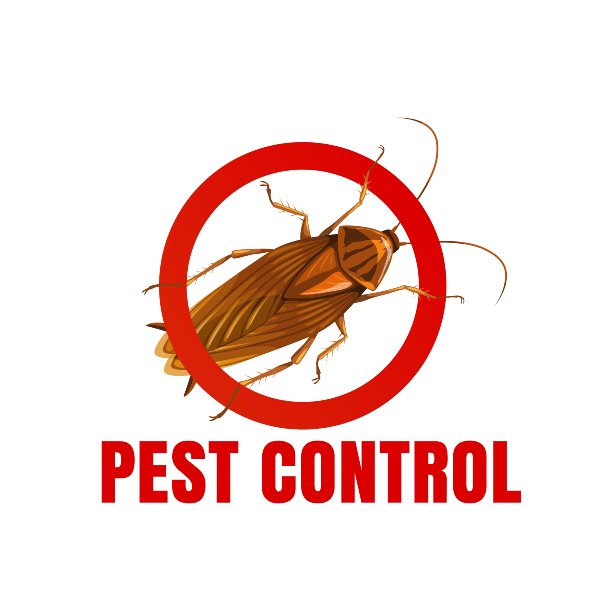Bed Pest Treatment Failure: Comparing Chemical Vs. Non-Chemical Solutions
In the realm of parasite control, particularly when managing the persistent problem of bed pests, the choice in between chemical and non-chemical treatment remedies can be an essential one. Both methods offer unique advantages and downsides, affecting aspects such as effectiveness, safety factors to consider, and general cost. By taking a look at the nuanced details of each method, a clearer understanding of which course to pursue in addressing a bed bug problem can be attained.
Performance of Chemical Therapies
Chemical treatments for bed bug problems have actually been commonly recognized for their potent and rapid effectiveness in removing these bugs. When considering the effectiveness of chemical treatments, it is crucial to recognize that they can supply a fast and thorough solution to a bed bug issue.
Additionally, chemical treatments have the advantage of supplying recurring results, meaning that they can remain to get rid of bed bugs also after the first application. This residual action is especially helpful in combating any potential re-infestations. In addition, the quick action of chemical therapies can bring alleviation to people encountering extreme bed insect problems, enabling them to restore control of their living areas quickly.
Security Interest In Chemical Solutions
When utilizing chemical services for bed pest treatment is guaranteeing the security of owners and the atmosphere,One vital aspect that calls for careful consideration. While chemical therapies can be reliable in eliminating bed pests, they might position threats otherwise dealt with appropriately. One of the key safety issues with chemical options is the possible damage they can trigger to human health. Direct exposure to particular chemicals utilized in bed insect treatments can cause respiratory system problems, skin inflammation, or other damaging responses, particularly in people with pre-existing conditions or level of sensitivities. In addition, inappropriate application or dosage of chemical pesticides can cause toxic residues sticking around in the treated area, positioning long-term health risks to residents.
Additionally, the ecological influence of chemical options is an additional significant consideration. Some pesticides utilized in bed bug therapies might be hazardous to valuable pests, wildlife, and environments if they seep into the dirt or water systems. It is important to utilize chemical treatments deliberately, complying with security standards, and considering much less poisonous alternatives to reduce these threats and make certain the secure and effective administration of bed insect problems.
Advantages of Non-Chemical Strategies
Taking into consideration the prospective safety concerns and environmental effect associated with chemical remedies for bed insect treatment, exploring non-chemical methods offers an appealing choice with a number of distinct benefits. Non-chemical therapies are eco pleasant, as they do not contribute to air or water air pollution, making them a sustainable selection for bug control.
Additionally, non-chemical remedies can be effective in targeting bed insects, consisting of hard-to-reach areas where chemical therapies may not penetrate. Methods such as heat therapy, vacuuming, steam cleaning, and bed mattress encasements supply complete removal without making use of dangerous chemicals. In addition, non-chemical strategies can be less turbulent, calling for marginal prep work and enabling for quicker reentry right into dealt with locations. Overall, choosing non-chemical bed bug therapy techniques not only focuses on safety and security and environmental defense however additionally makes sure thorough and effective pest control.
Limitations of Non-Chemical Treatments

In addition, non-chemical treatments typically call for numerous applications to attain effective eradication. This can be taxing and might not constantly ensure full elimination of all bed bugs and their eggs, especially in hard-to-reach or concealed places.
Furthermore, the success of non-chemical treatments greatly depends on appropriate application and thoroughness, which can be testing for individuals without specialist knowledge. Poor application of non-chemical approaches may cause incomplete obliteration, causing persistent invasions and the requirement for added treatments.
Therefore, while non-chemical treatments have their advantages, it is necessary to acknowledge these constraints and consider them when establishing one of the most effective strategy for handling bed bug problems.
Price Contrast: Chemical Vs. Non-Chemical Options
Given the constraints associated with non-chemical therapies, a crucial facet to examine in the context of bed bug monitoring is the expense comparison in between chemical and non-chemical choices. In comparison, non-chemical treatments like warmth treatment or vapor can be more pricey, with costs varying from $1,000 to $6,000 for an entire home. While the preliminary price of chemical therapies may appear reduced, multiple therapies may be called for to completely remove the invasion, potentially increasing the total cost.
Final Thought

Considering the prospective safety and security issues and ecological impact connected with chemical remedies for bed bug pest insurance treatment, discovering non-chemical approaches provides an encouraging alternative with numerous distinct benefits.Offered the limitations connected with non-chemical therapies, an essential element to assess in the context of bed insect monitoring is the cost contrast between chemical and non-chemical choices. In comparison, non-chemical treatments like warmth treatment or vapor can be a lot more expensive, with expenses ranging from $1,000 to $6,000 for a whole home. While the preliminary cost of chemical therapies may appear reduced, multiple therapies might be called for to totally eliminate the infestation, go to this website potentially enhancing the overall price.In final thought, when contrasting chemical and non-chemical bed bug treatment alternatives, it is important to consider effectiveness, safety, advantages, restrictions, and cost.